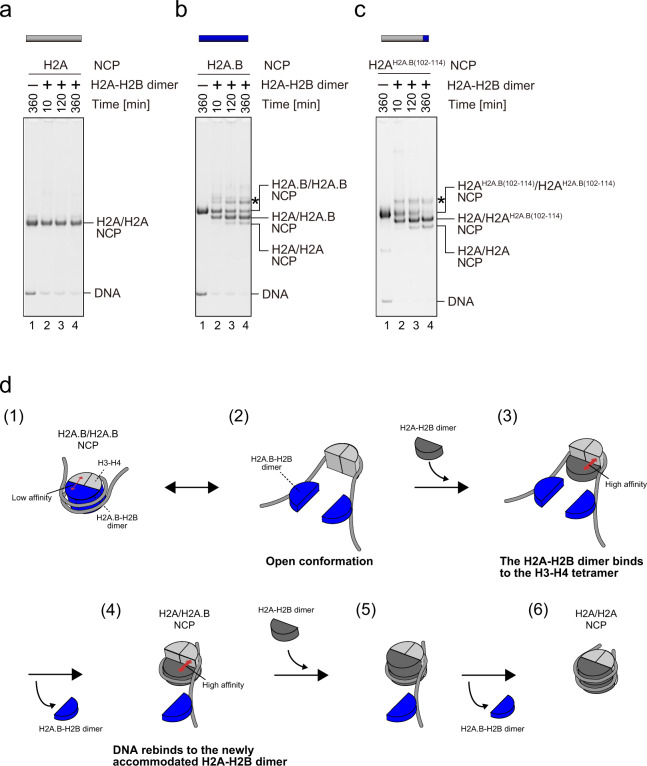Fig. 6. Histone exchange activity of the H2AH2A.B(102–114) NCP.
a–c Representative gel images of the histone exchange assays of the H2A (a), H2A.B (b), and H2AH2A.B(102–114) (c) NCPs. The NCPs (1 µM) were incubated with the H2A-H2B dimer (0 µM: lane 1; 2 µM: lanes 2, 3, and 4) for 10 min (lane 2), 120 min (lane 3), and 360 min (lanes 1 and 4). After the incubation, the samples were analyzed by native-PAGE with ethidium bromide staining. The asterisk indicates the NCP-histone complexes. Reproducibility is confirmed by three independent experiments, and the results are presented in Supplementary Fig. 8. The uncropped gel images are shown in Supplementary Fig. 9. d Model showing the spontaneous exchange of the H2A.B-H2B dimer with the canonical H2A-H2B dimer in the H2A.B NCP. When the H2A.B NCP forms an open conformation (2), the H2A-H2B dimer (dark gray) preferably binds to the H3-H4 tetramer (light gray) because of its higher affinity to the H3-H4 tetramer (3). The DNA rebinds with the newly accommodated H2A-H2B dimer (4). Another H2A-H2B dimer then binds to the NCP (5), and the remaining H2A.B-H2B dimer (blue) dissociates from the DNA (6).

